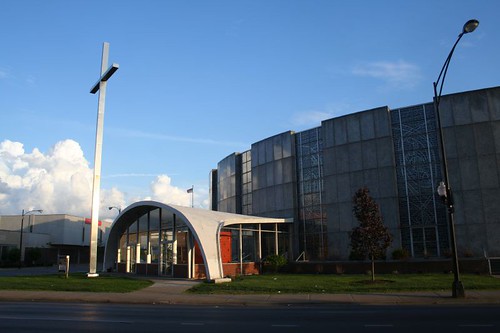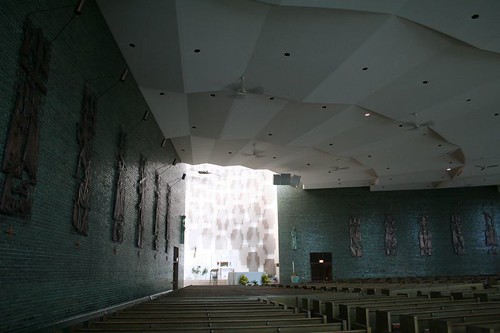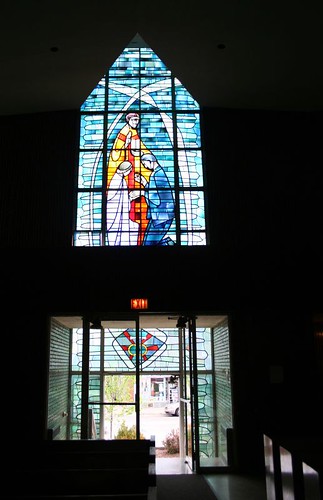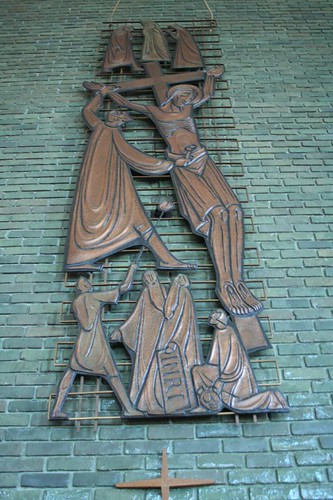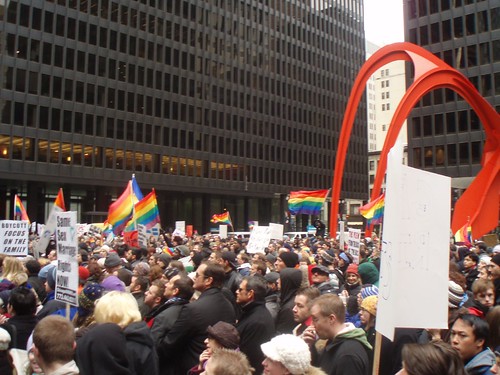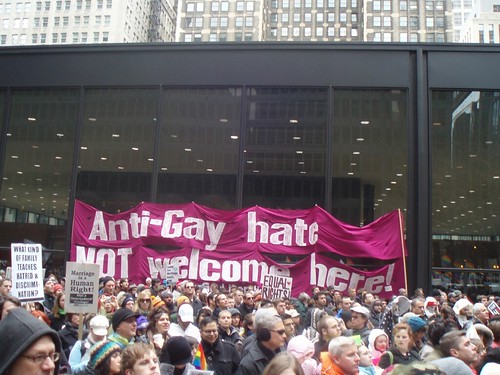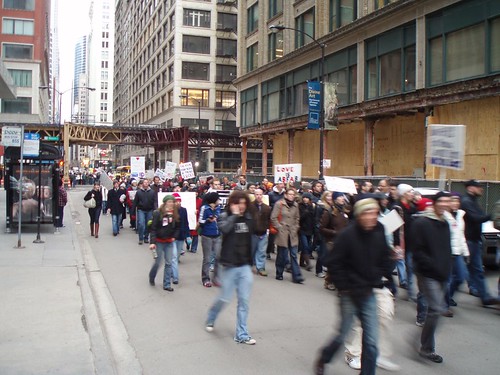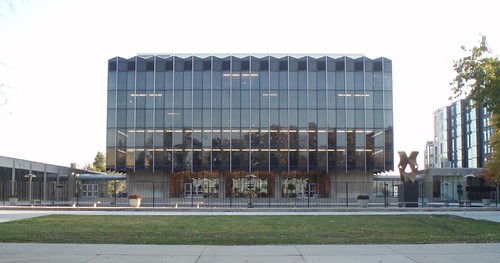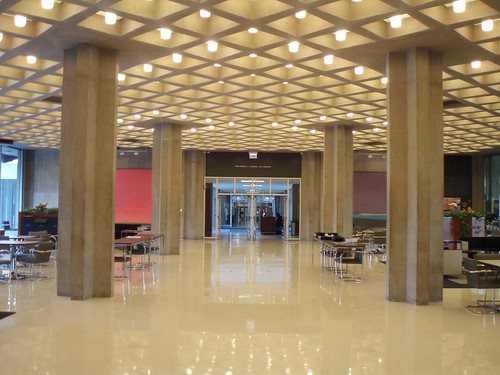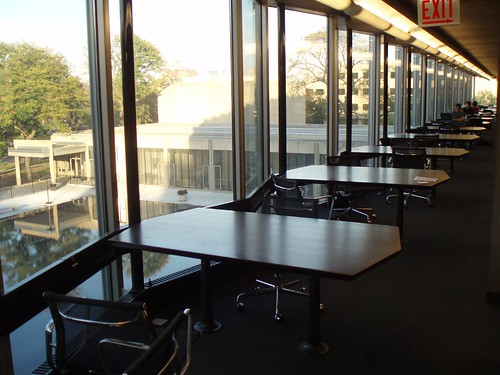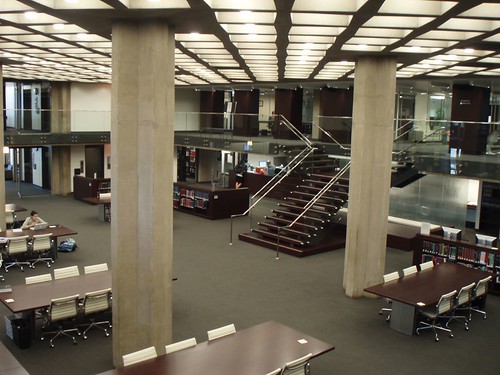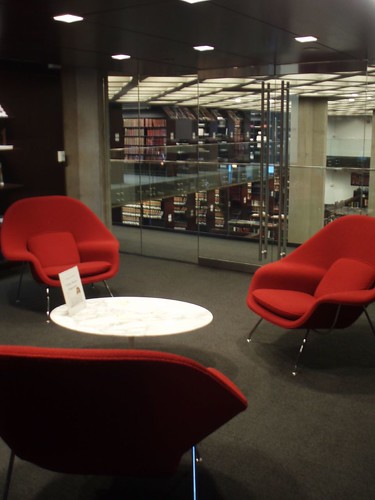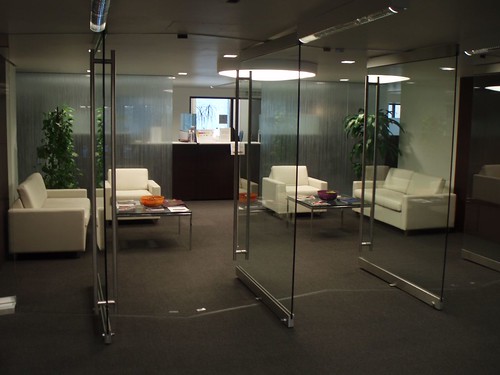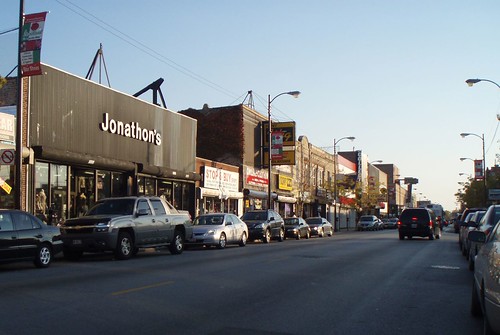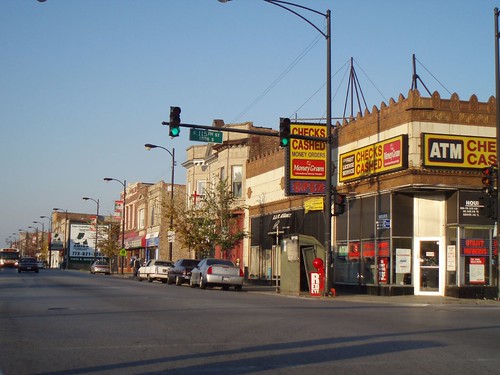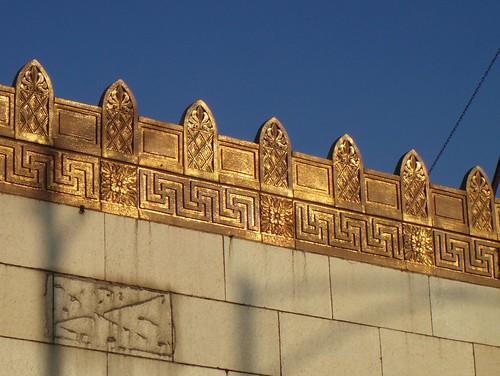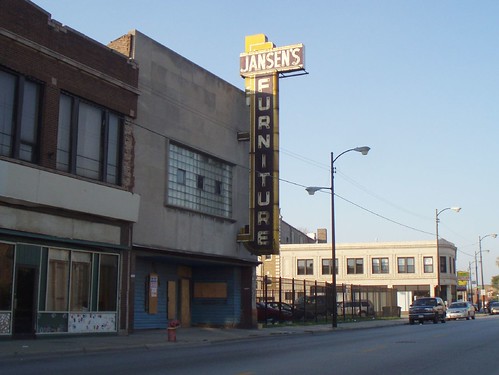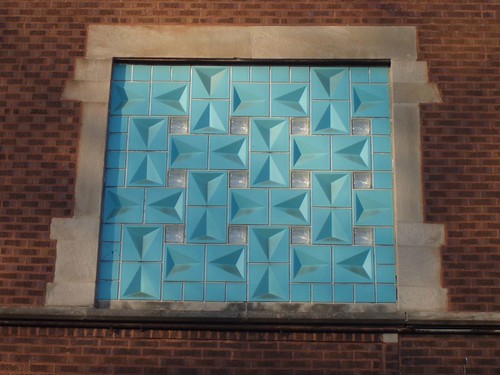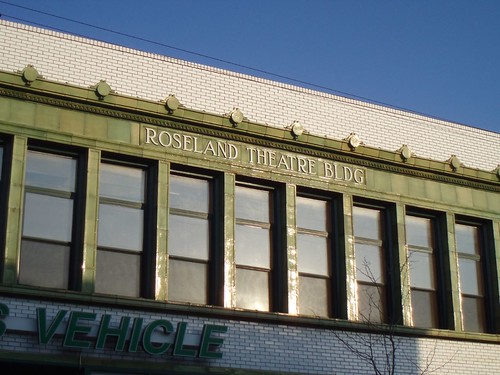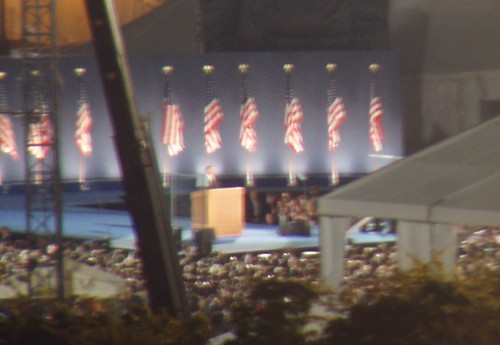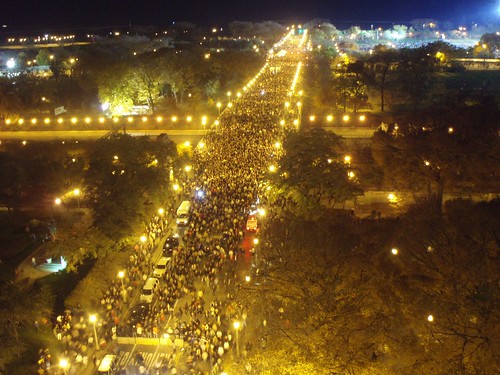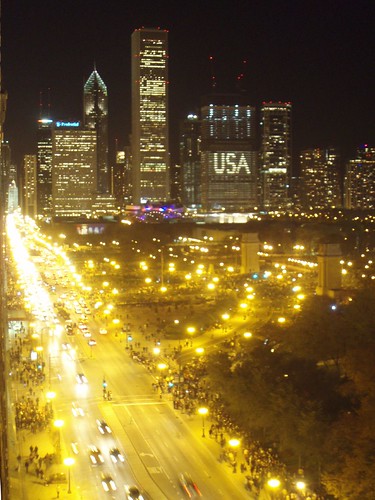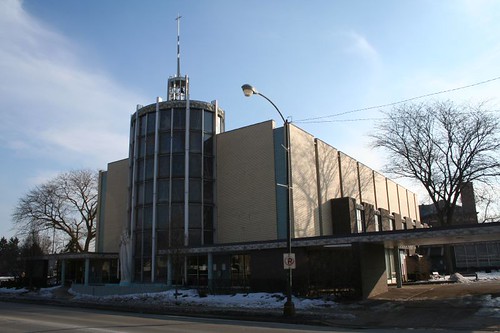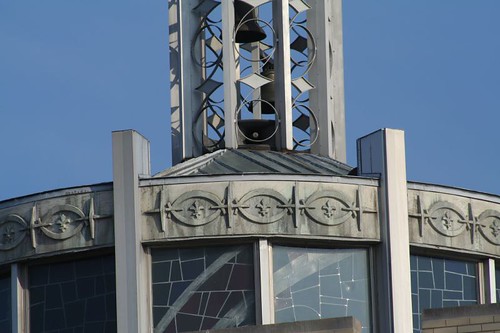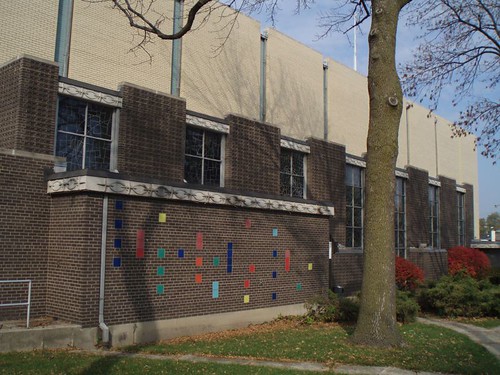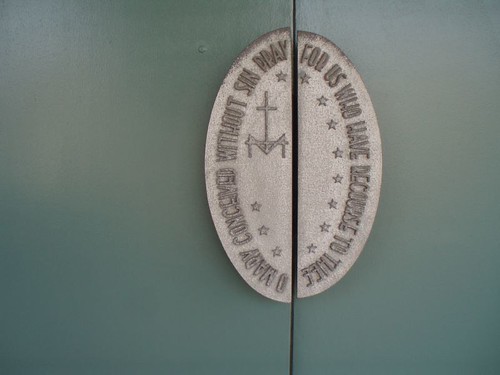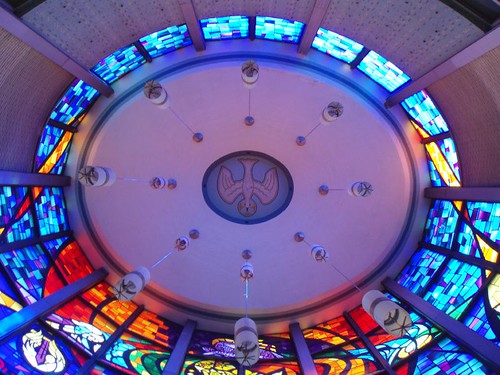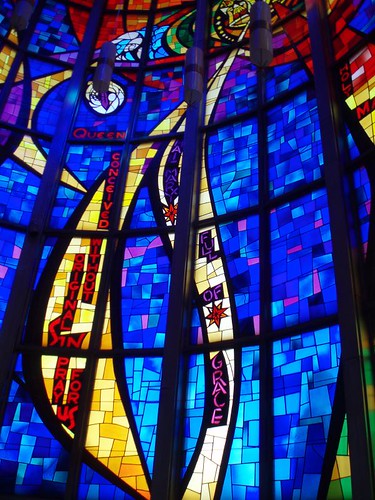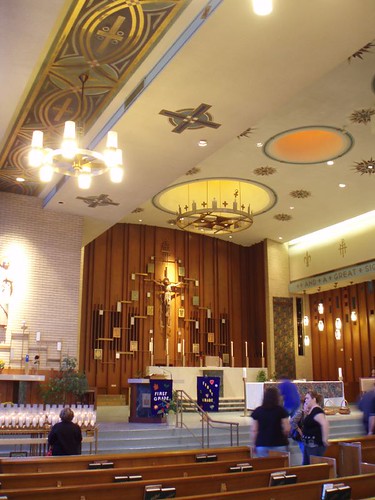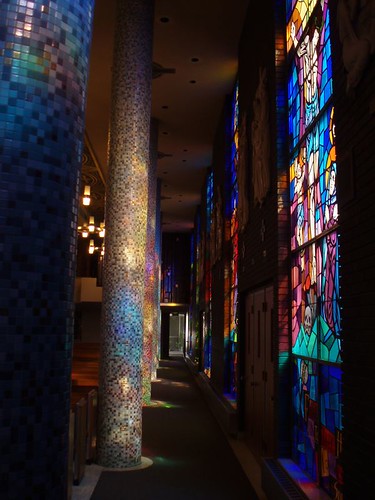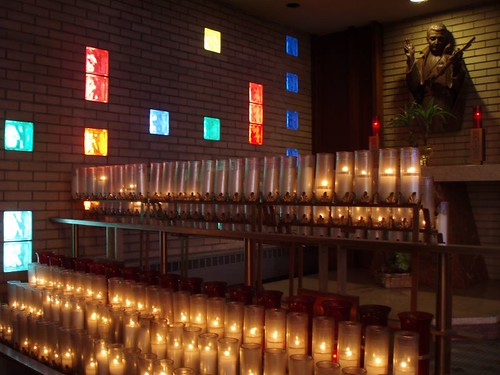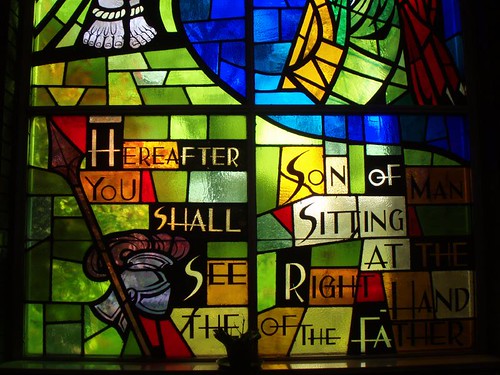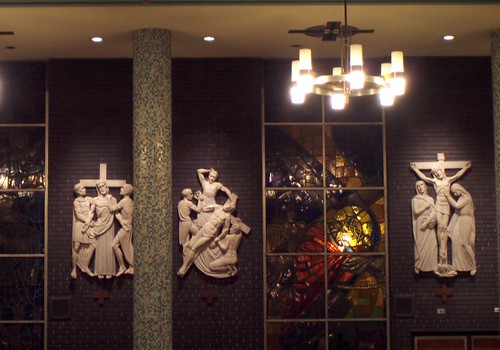Howard Street marks most of Chicago's northern-most limit, though the city line jumps a few blocks northward from Clark Street to the lake. Walking down Howard, though, you wouldn't suspect you were on the farthest hinterland of the great metropolis. Howard is fully qualified to be the main street of an entire town, with grand commercial buildings, a magnificent theater, and highrises both old and new.
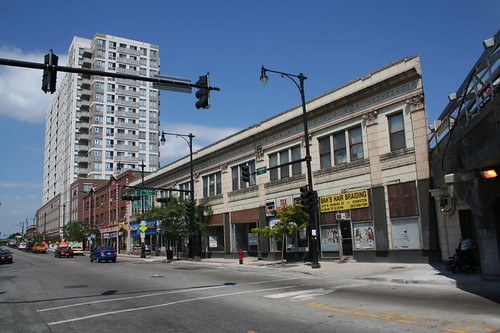
The catch, of course, is that Howard marks the end of Chicago in technical terms only. To the north lies the great suburban town of Evanston, only the first of many suburban outliers that stretch nearly to the Wisconsin border. In that sense, Howard is not very far from the center, and its compelling architecture merely reflects that fact.
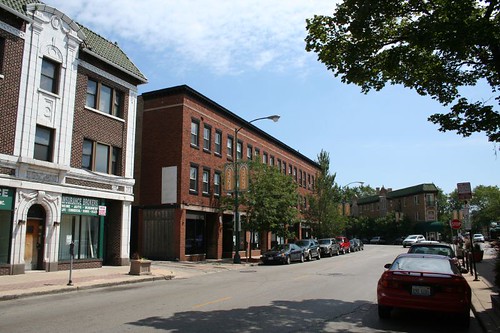
Howard also benefits from its status as a transportation hub. The Red Line, one of CTA's busiest rail lines, terminates there, handing things off to the suburban Purple and Yellow lines. Numerous bus lines arrive here as well.
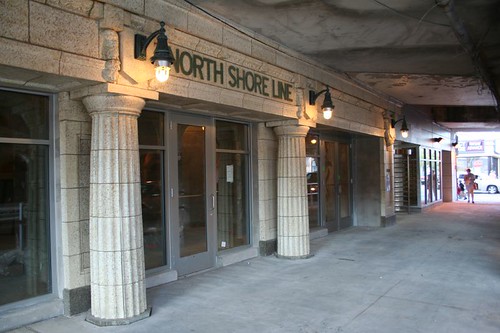
Howard has a reputation as a not-so-nice place in general, a reputation which tends to spill over to the rest of Rogers Park. It's a bit inexplicable, given its location. Well-served by rail and bus, sandwiched between tony Evanston and the inevitable northward march of gentrification, only minutes away from the lake, it is only a matter of time before real estate here goes through the roof. When it happens, the architecture will be waiting.
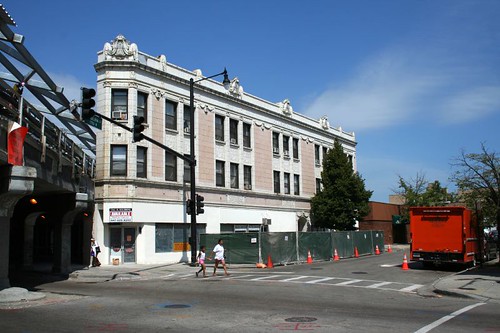
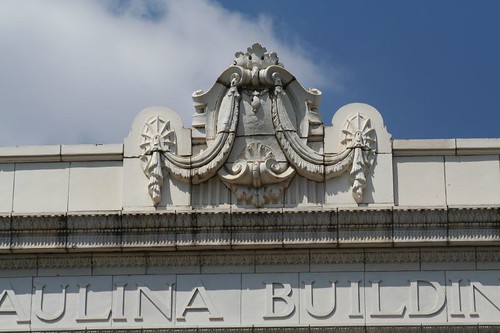
The Paulina Building is just one of many ornate highlights along the strip. Another is the Werner Brothers Fireproof Warehouse, a brick box with a fancy front.
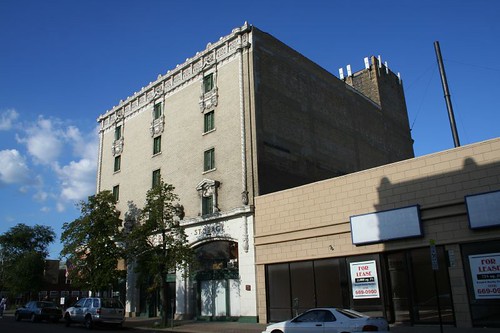
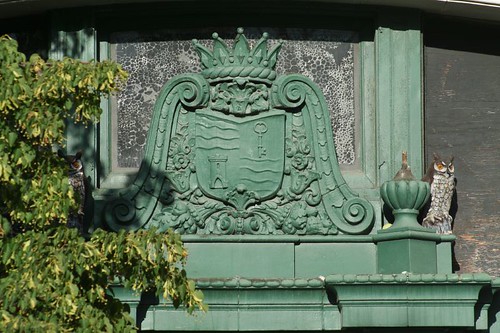
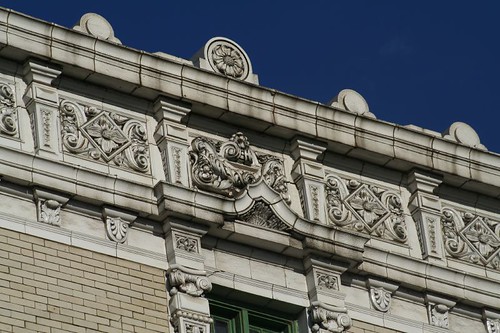
The high point is the Howard Theater Building (Henry L. Newhouse, who also did the south side's similarly-styled
Atlantic Theater.) Like so many other Chicago neighborhood theaters, it was built in 1917, in the rush of post-World War I escapism. The auditorium was razed in 1999, but the lobby and commercial portion remain, converted to condominiums, and still spectacular.
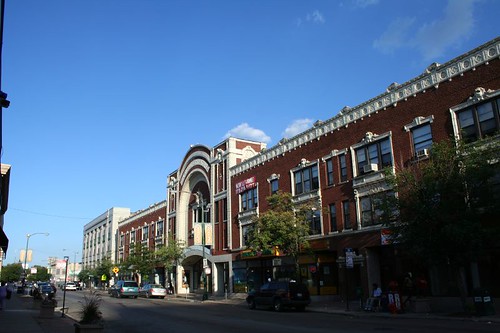
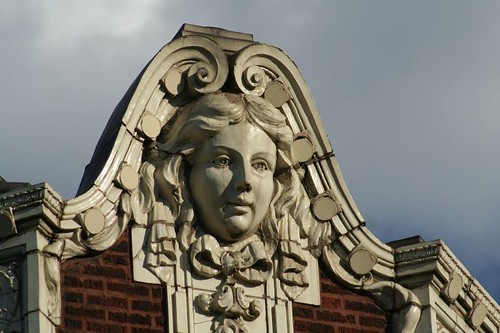
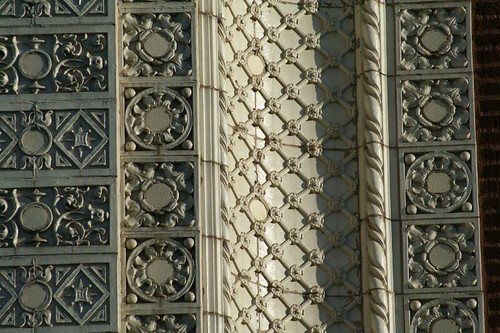
Heading east, there's a short gap for a public park, followed by another jewel, a massive 1925 apartment building named the Broadmoor. The entrance and the corner shield ornament are both extravagantly luscious.
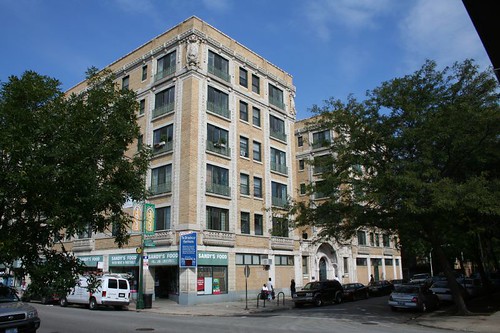
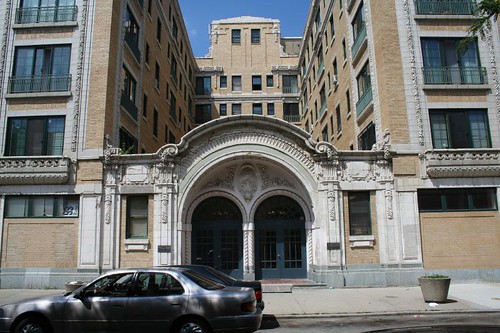
The Howard Street commercial district comes to its eastern end not with a bang or a whimper, but with a delightful profusion of 2- and 3-story flatiron buildings, a reaction to the acute angles cut by Rogers Avenue as it slices through the orthogonal grid.


Like S. Michigan, the district is a sampler of architectural styles and trends, yet totally different in its atmosphere. Its prospects are likewise different; a huge condominium building recently went up, testifying to this area's rising future. The problems will pass away in time; residents may well struggle with the rising costs. But the beauty of the architecture will remain.
